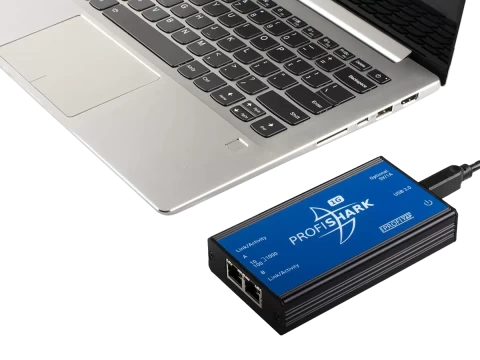-
Call Us:1.800.561.4019
Newsletter
For a Free Quote...
Latest Blog Posts
Blog Categories
Telnet Network News
3 VoIP Quality Killers: Identifying Network Changes that Affect VoIP Quality

When it comes to ensuring consistent VoIP quality, what you don’t know can hurt you. Surprise changes to the network can leave end users unhappy and administrators scratching their heads. Even the smallest configuration and settings changes can have the potential to immediately and adversely impact applications. They can also be difficult to troubleshoot. To locate the source of any VoIP problem, it’s important to understand how critical changes in configuration, codecs, and user behavior can kill call quality.
Assessing QoS
Quality of Service (QoS) settings are often the first stop for effective managing of VoIP. “If the QoS settings are not set correctly, then the VoIP call doesn’t get passed at the priority that it should,” says Bruce Clemenson, Sales Engineer at Network Instruments. “That can really affect call quality. Since network devices take care of setting the priority, incorrect QoS tagging can cause the quality of the calls to deteriorate.”
To find the source of the problem, it is often necessary to begin at the packet level using a retrospective network analyzer. One example would be the Observer Platform’s GigaStor appliance.
“You can put GigaStors or Ethernet Probe Appliances at different points on your network, such as in front of different switches or routers. Using different tools within the application you can see at one end that the QoS tag is correct, while on the other side it has changed.” says Clemenson. “Using this method can help you identify the offending hardware device.”
Bill Proctor, Technical Support Director for Network Instruments works directly with customers experiencing VoIP issues. His insight into critical VoIP metrics comes directly from some of his toughest calls. “One of the most important things that affect VoIP quality, especially when pushing data through routers is going to be your QoS settings,” he says. “Customers will call in trying to figure out why they have one side of a phone conversation that sounds perfect and has a good MOS score, while the other side is bad. Not having QoS tagging devices properly configured can cause backups in the VoIP traffic, which can cause a high jitter. If packets aren’t arriving when they’re supposed to arrive, there will be delays. It will start sounding choppy.”
If you’ve already checked the QoS settings and are still having VoIP quality issues, there are a few other culprits that are likely to interfere with service delivery.
Changing Codecs
“Check whether codecs are changing,” advises Proctor. “When calls are established, phone systems communicate which codecs are supported. Typically phones will use the highest quality codec when the call starts. But if something happens during the call, and the phones sense high jitter or data loss, the codecs will get changed. The nice thing about the Observer Platform is that it lets you know which codecs were used inside a Real Time Protocol (RTP) stream. You can actually see that it started off at G.711, which is 64k per second sampling, and then changed to G.729, which is only 8K per second. This makes for a less choppy sounding audio, but causes a drastic drop in quality.”
High Network Utilization
Another way to reduce the time it takes to troubleshoot VoIP issues is to establish accurate baselines. In larger enterprise environments, this can mean several GigaStors collecting data.
“You need to know what is normal on the network,” says Clemenson. “What is the normal utilization? What are the normal protocols that are running? Baselines let you know when things get out of whack. Utilization can also affect VoIP quality.”
While mining packets pay close attention to network use. Track time stamps during instances of high jitter or packet loss and compare this data to the intervals of higher network traffic. Global finance company, Santander recently reported solving a VoIP quality issue in this way during Cisco Live.
“Adobe released an update to Acrobat that caused significant problems for Santander,” says Proctor. “When the update was released, calls started dropping off the network in their call centers. They were able to use the Observer Platform to make the correlation. By looking at the high spike in traffic compared to when their calls started dropping, they were able to identify high utilization as the cause of the problem. Using the Expert engine, they were able to see that there was a surge in internet traffic going to Adobe IP addresses. It turned out to be an easy fix too. They simply setup Adobe to access local servers to obtain updates, instead of going out to the internet.”
By avoiding VoIP Quality Killers such as changes in QoS settings, changing codecs, and reductions in available bandwidth due to high network utilization, you will reduce troubleshooting times and improve service delivery.
Thanks to Network Instruments for the article.
When you subscribe to the blog, we will send you an e-mail when there are new updates on the site so you wouldn't miss them.





Comments